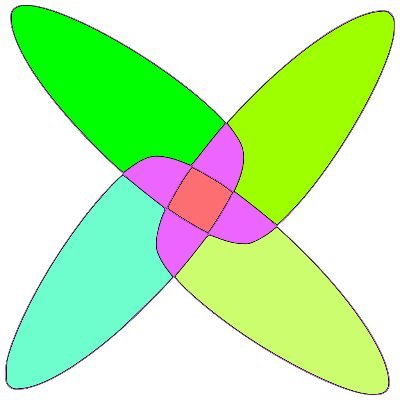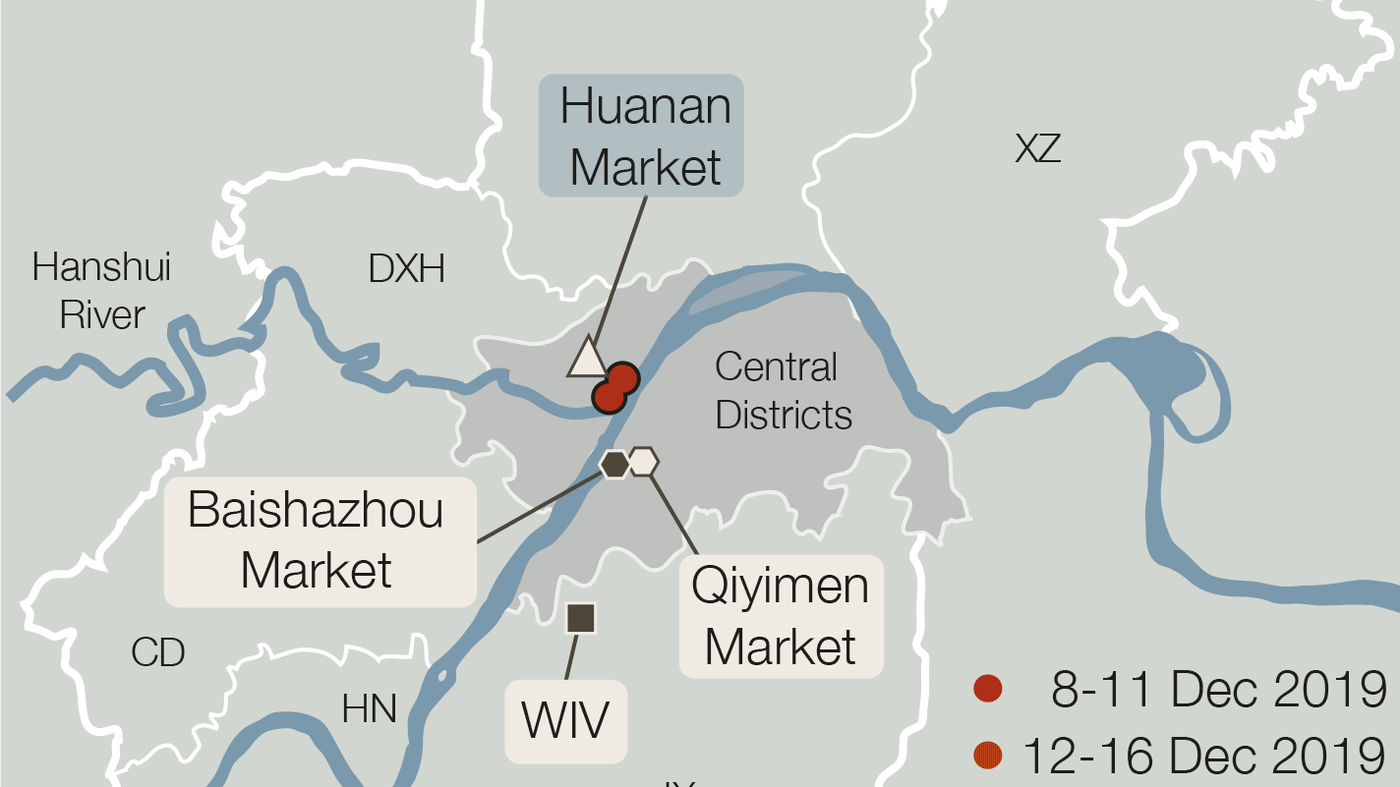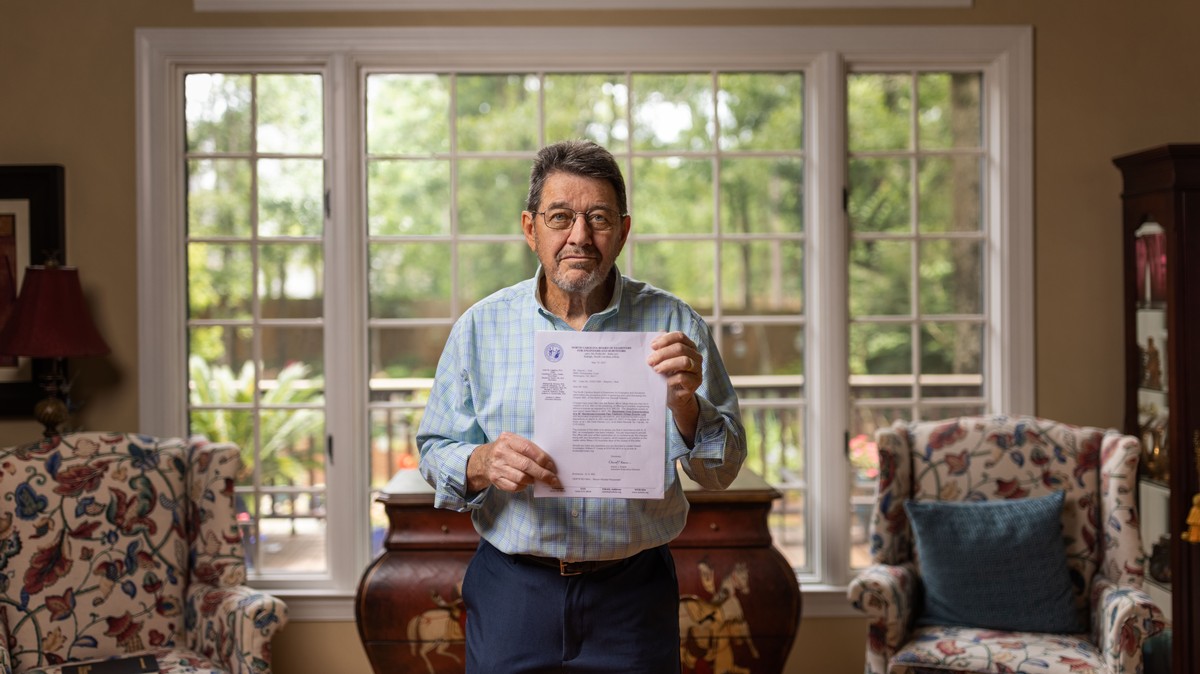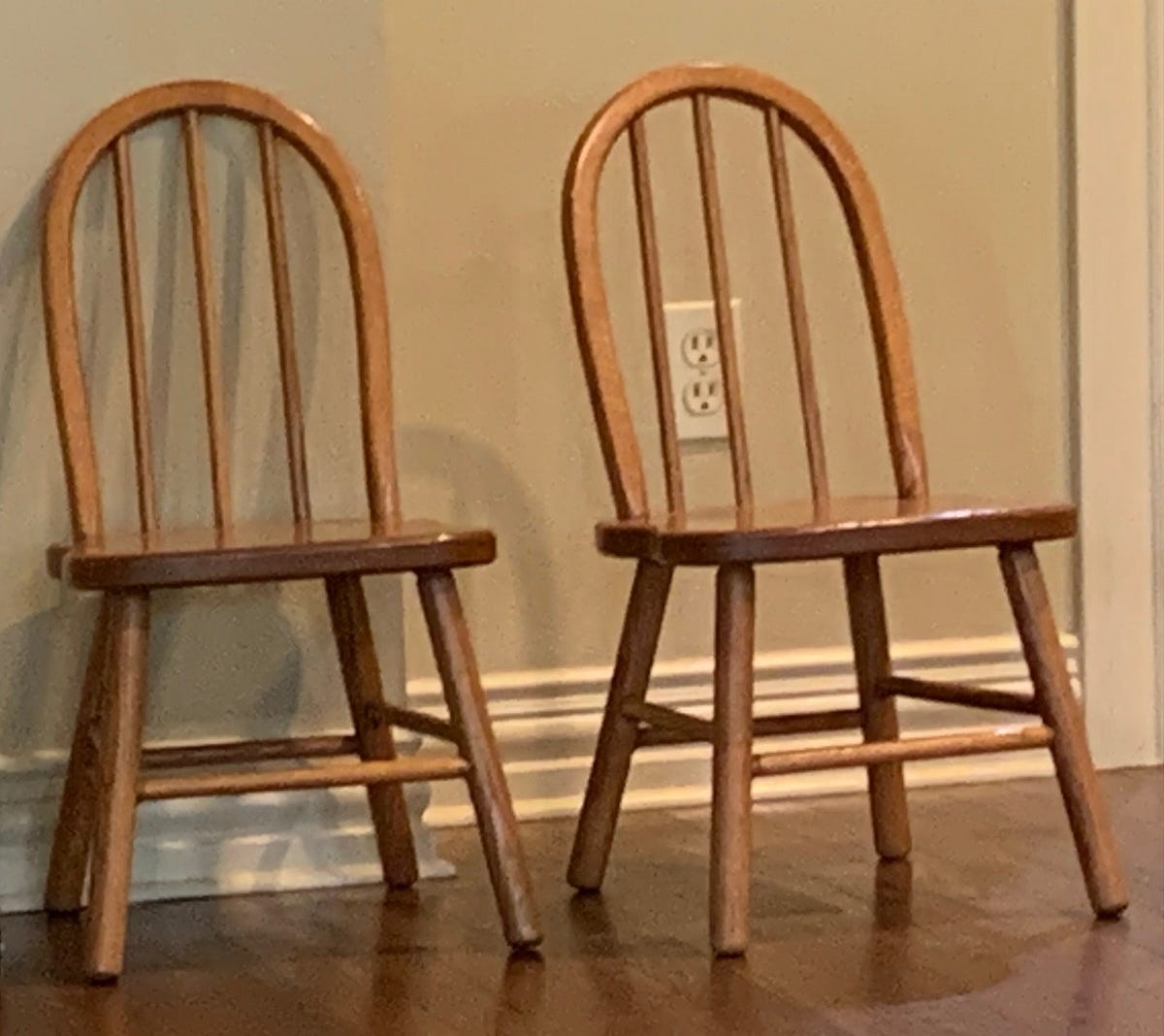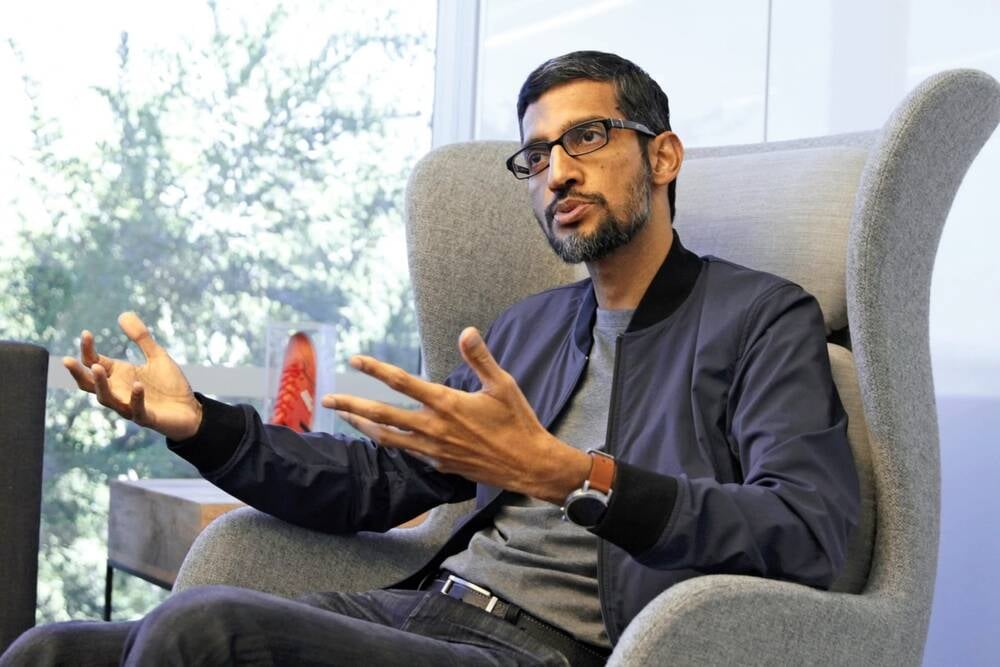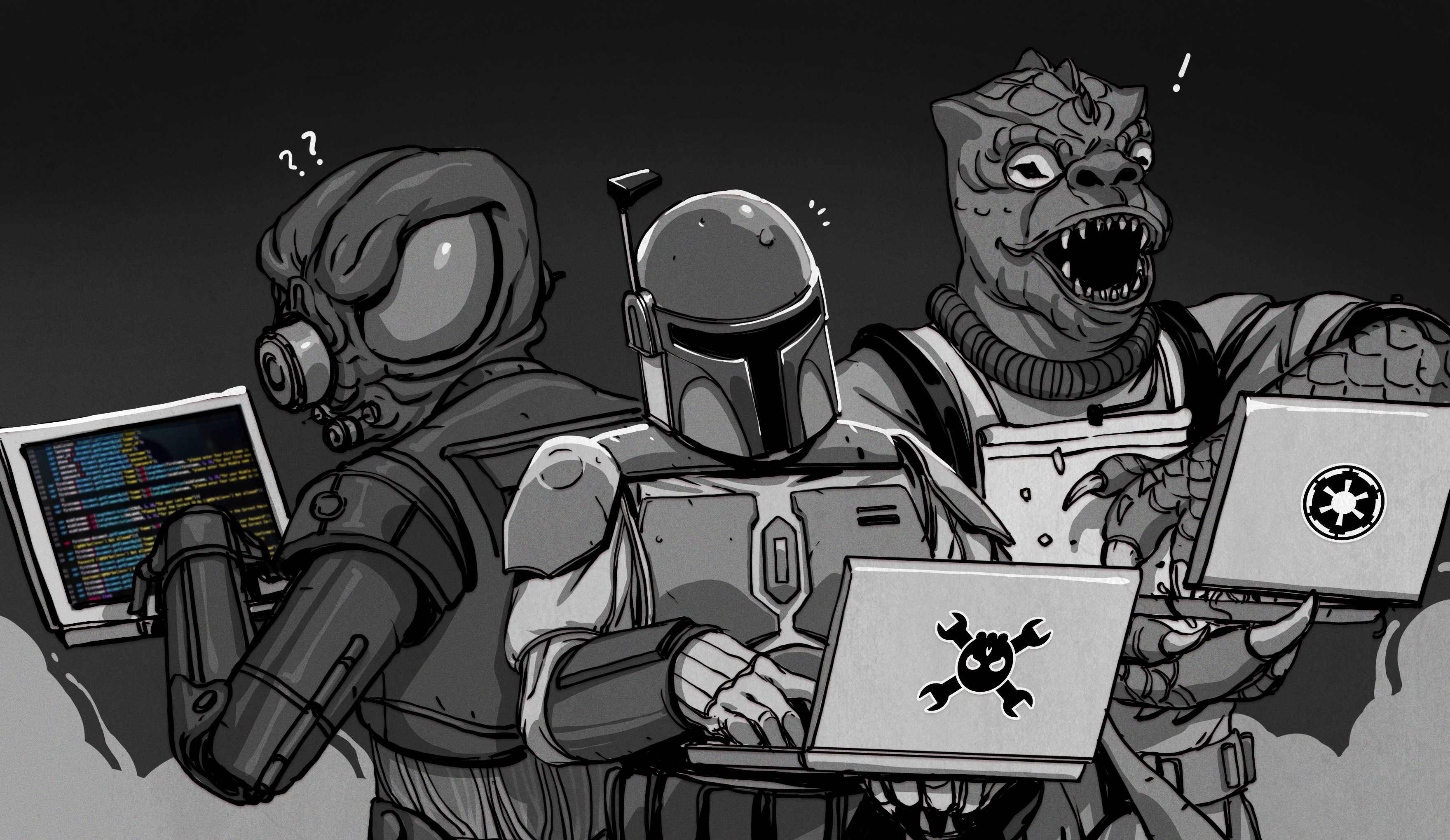
Algorithm Virtually Unfolds a Historical Letter without Unsealing It
In 1697 a legal professional in the French city of Lille wrote to his cousin in the Netherlands to request a relative’s death certificate, possibly in order to finalize an inheritance. He folded and sealed his mundane missive so it would hold together without an envelope and mailed it off to the Hague. For some reason, it never reached its recipient and remains sealed today. Yet a team of historians and scientists have still read it—thanks to high-resolution imaging and a “virtual unfolding” algorithm.
The scanning-and-unfolding technique could have a variety of applications, from revealing text on artifacts too delicate to touch to reverse engineering historical origami procedures. But the researchers behind the new study, published in Nature Communications, are most excited about using it to examine the art of “letterlocking.” This practice of intricately folding, tucking, cutting and sealing letters to make them function as their own tamper-proof containers was used widely in the era before mass-produced envelopes. Almost two decades ago it captured the interest of Jana Dambrogio, a researcher and conservator at Massachusetts Institute of Technology Libraries and a co-author of the new paper.
Dambrogio had noticed minuscule, apparently intentional cuts and creases in a number of historical documents and eventually guessed their purpose. “It looked like locks, and security was a natural leap—that it was built in on purpose,” she says. “The [reaction] for me was, ‘Oh my gosh, we need to let people know not to remove this evidence, because the little tiny slits and holes and folds are the evidence of this security tradition that is understudied.’”
Leave a Comment
Related Posts

A popular algorithm to predict sepsis misses most cases and sends frequent false alarms, study finds
CommentLicence terms for access to the QCovid algorithm for the purposes of academic research and peer review
Comment